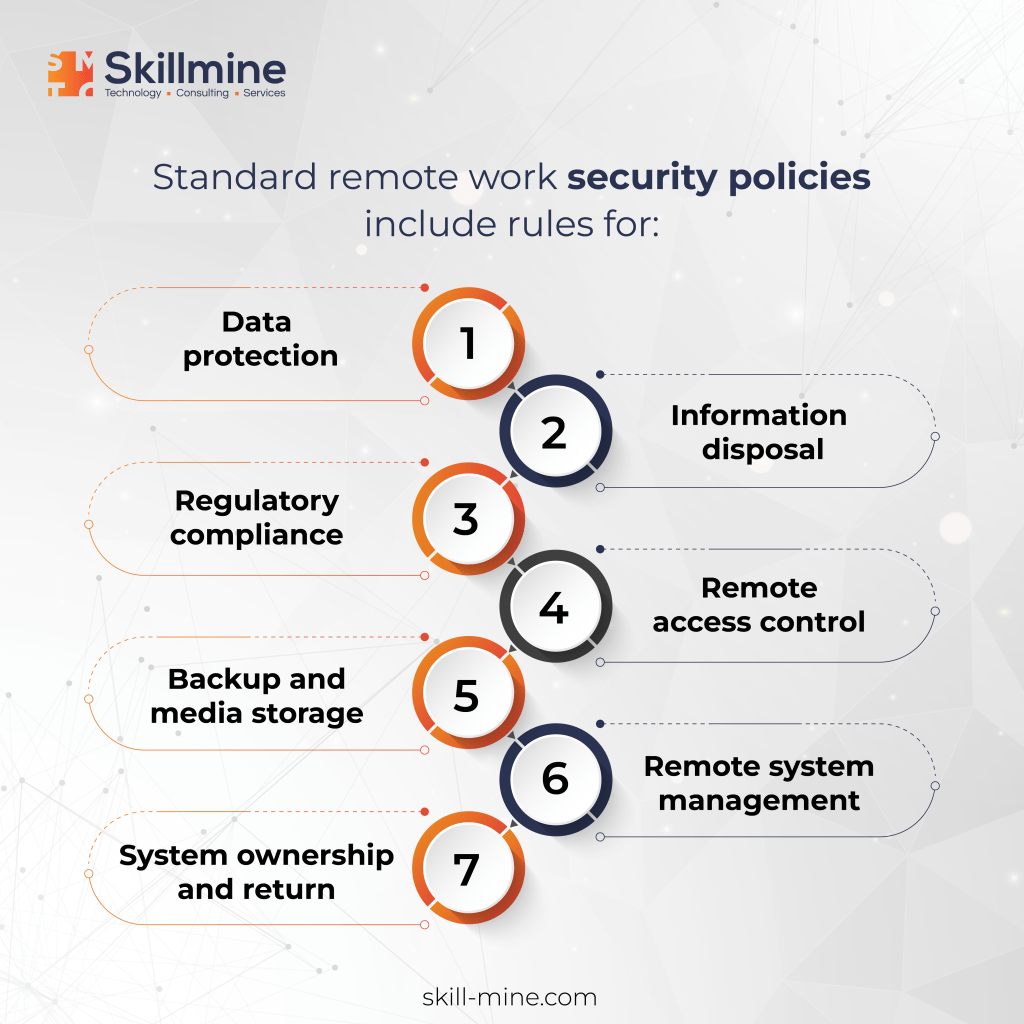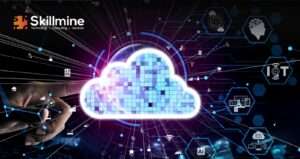Cybersecurity incidents are on the rise with remote work becoming a norm in many organizations. Let’s understand the essential best practices for ensuring the security of remote workforce. By implementing these strategies, you can safeguard valuable data, and create a secure work environment for your remote employees.
Establish Strong Authentication Protocols
Implementing strong authentication measures is vital to secure remote access. Encourage the use of multi-factor authentication (MFA) for all remote workers. MFA adds an extra layer of protection by requiring multiple forms of identification, such as a password and a unique code sent to a registered mobile device. This mitigates the risk of unauthorized access and enhances the security of remote connections.
Authenticator is an authentication and authorization solution by Skillmine that centralizes access management by implementing Single-Sign-On and MFA. Watch Anant Agrawal, Managing Director, Skillmine, discuss Authenticator: Know all about Authentication and Authorization
Utilize Secure Virtual Private Networks (VPNs)
Enforce the use of secure VPNs to establish encrypted connections between remote workers and the organization’s network. VPNs ensure that data transmitted between devices and the network remains confidential and protected from prying eyes. It is essential to maintain up-to-date VPN software and regularly patch any vulnerabilities to maintain a secure remote environment.
Implement Endpoint Protection Solutions
Remote devices must be equipped with robust endpoint protection solutions, including antivirus software and firewalls. Ensure that all devices are updated with the latest security patches and software versions to guard against known vulnerabilities. Encourage employees to perform regular system updates and scans to detect and mitigate potential threats.
Educate Employees on Security Best Practices
Training and education play a crucial role in maintaining a secure remote workforce. Conduct regular security awareness programs that cover topics such as identifying phishing emails, recognizing social engineering tactics, and practising safe browsing habits. By educating employees about the latest threats and providing practical guidelines, you empower them to act as the first line of defence against security breaches.
Implement Secure Cloud Services and File Sharing
Encourage the use of secure cloud services and file-sharing platforms that provide end-to-end encryption and robust access controls. Ensure that employees are aware of proper data handling procedures, including encrypting sensitive files before transmitting them and avoiding storing confidential data locally on personal devices. Regularly review and update access permissions to minimize the risk of unauthorized access.
Secure Home Networks
Provide guidelines for remote employees to secure their home networks. Encourage the use of strong, unique passwords for Wi-Fi routers, enabling WPA2 or WPA3 encryption protocols. Remind employees to change default router passwords and disable remote administration features. Educate them on the risks of using public Wi-Fi networks and encourage the use of VPNs when connecting to untrusted networks outside their home.
Enforce Clear Security Policies
Establish clear and comprehensive security policies specifically tailored to remote work. These policies should outline the acceptable use of company resources, guidelines for handling sensitive information and reporting procedures for security incidents. Regularly communicate and reinforce these policies to ensure remote employees are aware of their responsibilities in maintaining a secure work environment.

Regularly Backup and Encrypt Data
Implement a robust backup strategy for remote workers’ devices to ensure the safety and availability of critical data. Encourage employees to store data in encrypted formats to protect against unauthorized access in case of device loss or theft. Regularly test data restoration processes to verify the integrity and effectiveness of backup systems.
Conclusion
Protecting the security of a remote workforce is essential for modern organizations. By implementing these best practices organizations can create a secure remote work environment and mitigate the risks associated with remote work.
Skillmine’s cybersecurity services can strengthen the security of your business and ensure that vulnerabilities are assessed and risks are diminished before they turn reckless. Know more about the role of cybersecurity in business from our blog: The Importance of Cybersecurity in Business
Looking for expert technology consulting services? Contact us today.










